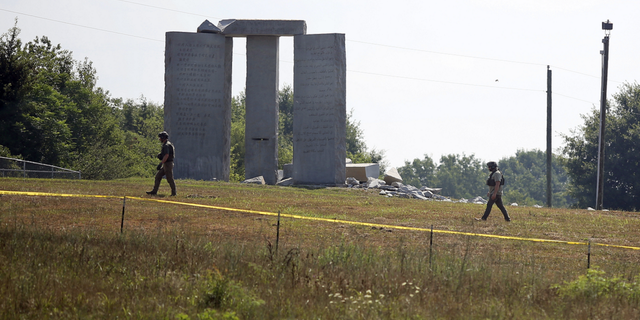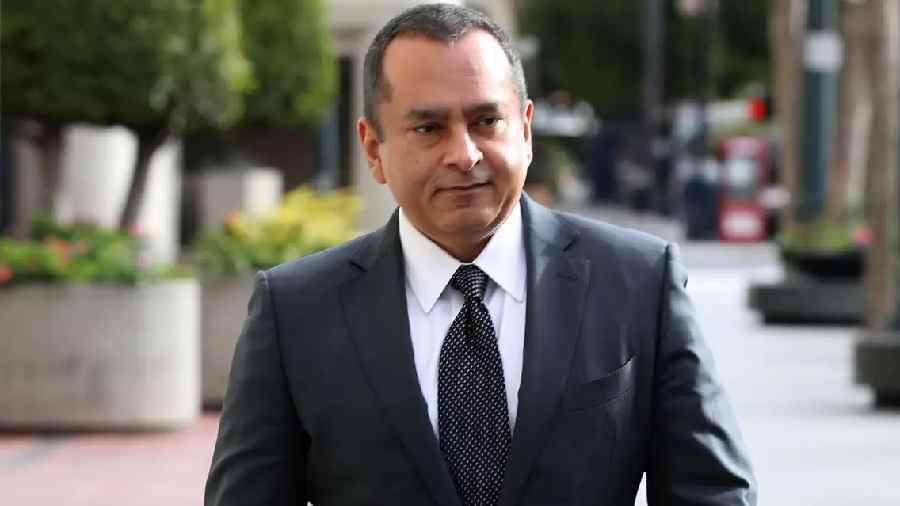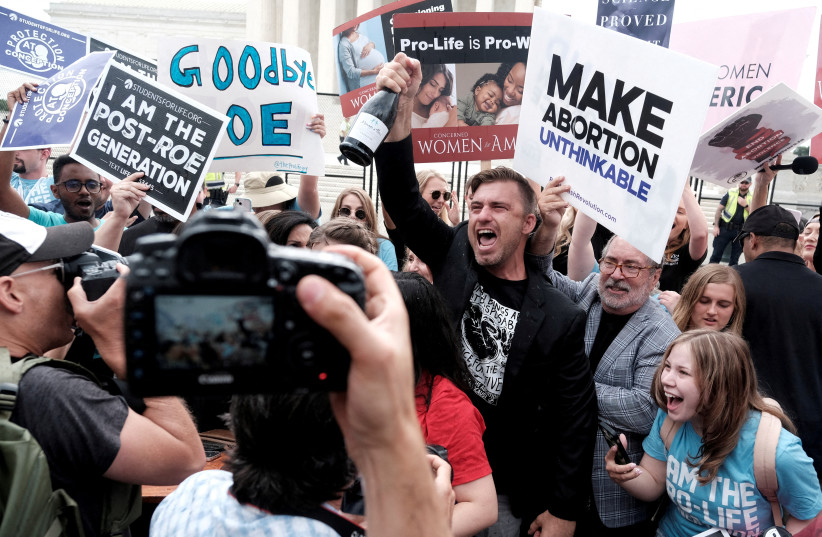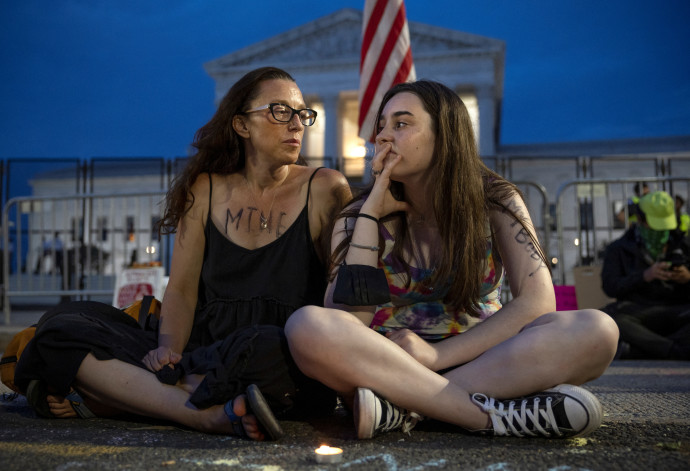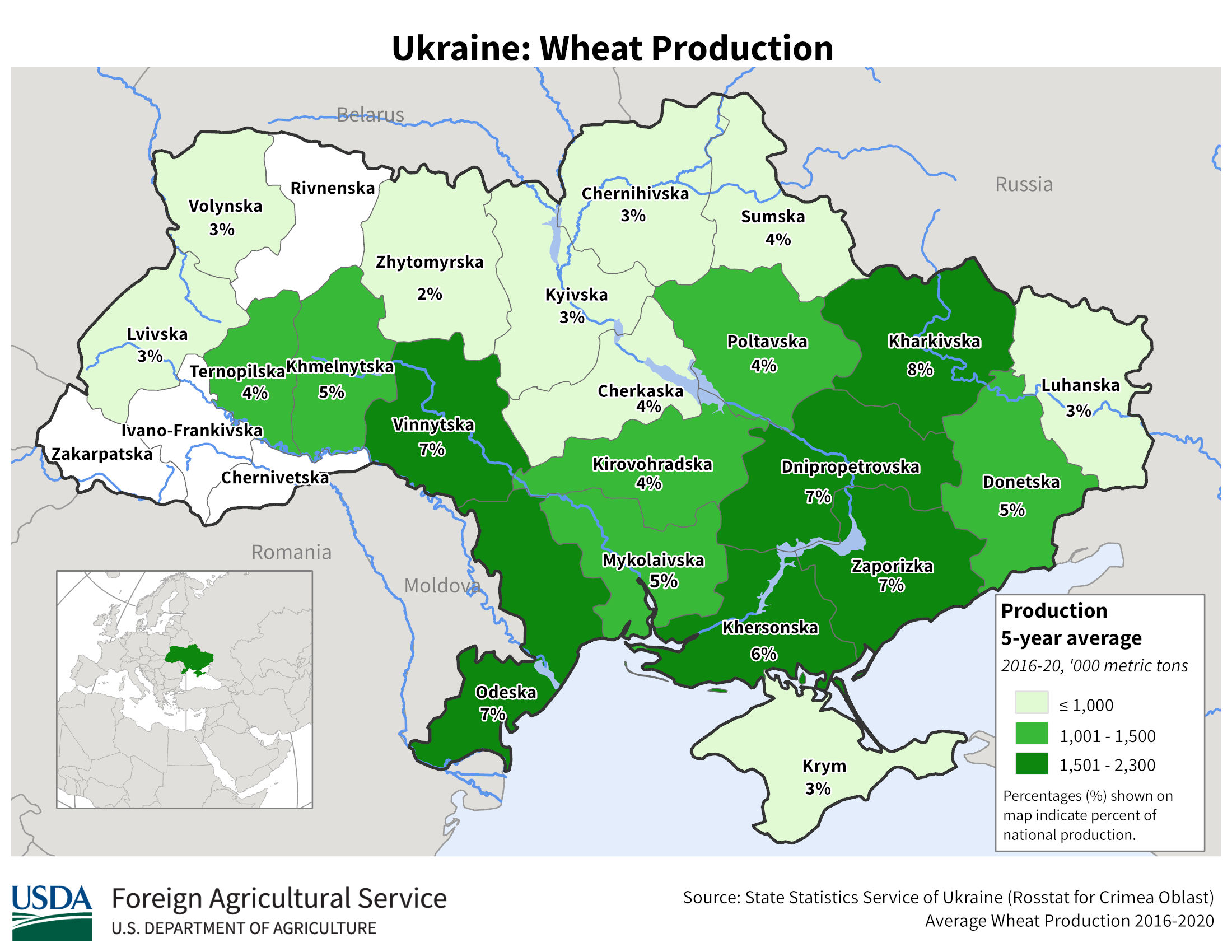The jury reached the verdict on Thursday after a trial that began in March this year before United States District Judge Edward J Davila and concluded just over 6 months after a jury found Holmes guilty of one count of conspiracy and three counts of wire fraud in related proceedings.
Six months after the guilty verdicts in the Elizabeth Holmes trial, this jury has concluded that Holmes's business partner, Ramesh Balwani, also bears responsibility for defrauding investors in Theranos. The jury concluded that Balwani also perpetrated fraud on unsuspecting patients, Hinds said.
Balwani remains free on bond pending further hearings. Judge Davila scheduled Balwani's sentencing hearing for November 15, 2022 when he faces a maximum sentence of 20 years in prison, and a fine of USD 250,000, plus restitution, for each count of conspiracy and each count of wire fraud.
He was employed from September 2009 to July 2016 at the Palo Alto-based blood-testing company founded by Holmes, 38, in 2003.
While employed with Theranos, Balwani worked for the company in several capacities, including as a member of the company's board of directors, as its president, and as its chief operating officer.
At trial, the government submitted evidence that while at Theranos, Balwani conspired to commit wire fraud against investors between 2010 and 2015, conspired to commit wire fraud between 2013 and 2016 against patients who paid for Theranos' blood testing services, and that he committed wire fraud against investors and patients.
The statement said that on conspiracy charges, the government submitted evidence regarding Balwani's claims that Theranos developed a revolutionary and proprietary analyser that the defendants referred to by various names, including the TSPU, Edison, or minilab.
Balwani and Holmes claimed the analyser was able to perform a full range of clinical tests using small blood samples drawn from a finger stick. They also represented that the analyser could produce results that were more accurate and reliable than those yielded by conventional methods all at a faster speed than previously possible.
At trial, the government demonstrated that Holmes and Balwani knew that many of their representations about the analyser were false, but nevertheless conspired to convince potential investors and patients that the claims were true.
Holmes, Balwani and others knew that the analyser had accuracy and reliability problems, performed a limited number of tests, was slower than some competing devices, and, in some respects, could not compete with existing, more conventional machines.
Similarly, on substantive fraud charges, the evidence demonstrated Balwani used advertisements and solicitations to encourage and induce patients to use Theranos's blood testing laboratory services, even though he knew Theranos was not capable of consistently producing accurate and reliable results for certain blood tests.
The statement added that evidence showed that Balwani represented to investors that Theranos would generate over USD 100 million in revenues and break even in 2014 and that Theranos expected to generate approximately USD 1 billion in revenues in 2015.
However, in truth, Theranos resorted to using conventional machines bought from third parties to perform much of Theranos's blood testing and Balwani knew the company would generate only negligible or modest revenues in 2014 and 2015.
The trial evidence included numerous misrepresentations made by Balwani to potential investors about Theranos's financial condition and its future prospects.
The evidence showed that Balwani represented to investors that Theranos would dramatically increase the number of Wellness Centers within Walgreens stores even though Theranos's retail Walgreens rollout had stalled because of several issues.
In July 2020, a federal grand jury returned a superseding indictment charging Balwani with two counts of conspiracy to commit wire fraud and ten counts of wire fraud.
Like Holmes, Balwani was charged with conspiring to commit wire fraud against investors in Theranos during the period 2010 to 2015, conspiring to commit wire fraud against patients who paid for Theranos' blood testing services during the period 2013 to 2016, and ten counts of wire fraud.
Six of the wire fraud counts involved fraud against investors in Theranos while the remaining four involved wire fraud against patients who paid for Theranos' blood testing services and advertising purchased by Theranos to attract those patients. At Thursday's verdicts, Balwani was found guilty on all counts.
In a separate trial, a separate jury convicted Holmes on January 3, 2022, of the investor-related conspiracy count and three counts of wire fraud.
That jury acquitted Holmes of the patient-related conspiracy wire fraud count and three additional wire fraud counts; in addition, one count of wire fraud relating to a Theranos patient was dismissed during Holmes's trial.
The jury could not reach a unanimous verdict in her trial with respect to three investor fraud-related counts. Judge Davila scheduled Holmes's sentencing for September 26, 2022.
Ragan said the jury has determined that the fraud at Theranos reached the level of a "criminal conspiracy".
The FBI has spent years investigating this investment fraud scheme Lies, deceit, and criminal actions cannot replace innovation and success, FBI Special Agent in Charge Ragan said.

